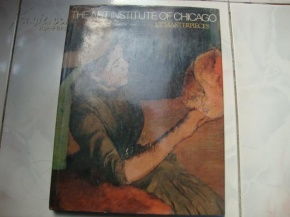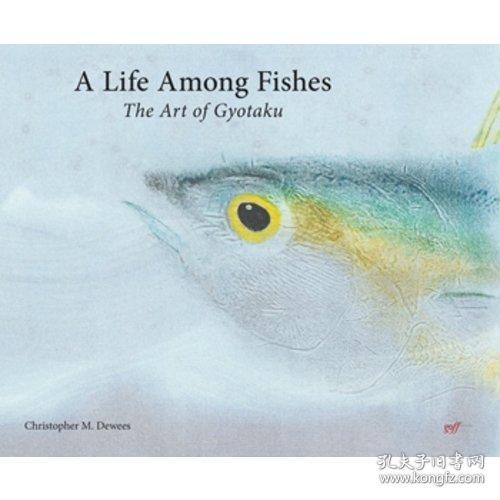In the crisp embrace of winter, the world of fishing transforms into a serene yet challenging endeavor. As the waters cool, the fish become more selective, and the conditions demand a different set of skills. Among the various fishing techniques, live water fishing stands out as a classic method that can yield impressive results even in the coldest months. This article delves into the essential techniques for successful live water fishing during the winter season.
Understanding Live Water Fishing
Live water fishing, also known as "fishing with live bait," involves using living organisms as bait to attract fish. This method is particularly effective in cold water, as it mimics the natural prey that fish seek during the winter months. The key to success lies in understanding the behavior of fish during winter and adapting your techniques accordingly.
Choosing the Right Bait
The choice of bait is crucial in live water fishing. In winter, fish are less active and require a more enticing and natural-looking bait. Common live baits include worms, minnows, leeches, and crayfish. Each type of bait has its strengths and is best suited for specific fish species and conditions.
- Worms: Ideal for panfish and catfish, worms are easy to use and effective in cold water.
- Minnows: A versatile choice that works well for a wide range of species, including bass and pike.
- Leeches: Excellent for targeting northern pike and other species that feed on leeches.
- Crayfish: Known for their strong scent, crayfish are effective for catching fish like catfish and bass.
Selecting the Right Equipment
Winter fishing requires specialized equipment to handle the colder temperatures and potential ice conditions. Here are some essential items to consider:

- Rod and Reel: A medium-action rod with a quality reel is ideal for live water fishing. The rod should be long enough to handle long casts and the reel should be able to handle the weight of your chosen bait.
- Line: Use a monofilament line with a thickness that can withstand the cold and any ice that may form on the line.
- Leaders and Hooks: Leaders should be longer than usual to prevent the line from freezing to the hook. Choose hooks that are appropriate for your bait and the fish you are targeting.
Techniques for Winter Live Water Fishing
Winter Weather Awareness: Pay attention to weather forecasts and fish behavior. Fish are less active in extremely cold conditions, so it's best to fish when the temperatures are slightly above freezing.
Presenting the Bait: In winter, fish are more sensitive to movement and vibrations. Present your bait in a slow and subtle manner. Avoid rapid movements or excessive splashing.
Depth and Placement: In colder water, fish tend to move to deeper waters where the temperatures are more stable. Cast your bait to areas where the water is deeper and consider using a slip bobber to control the depth.
Consistency is Key: Winter fishing often requires patience. Keep your bait in the water for extended periods, as fish may take longer to respond to the bait.
Adaptability: Be prepared to change your approach based on the conditions and the fish's response. If you're not getting bites, try different baits, depths, or locations.
Safety First: Winter fishing can be dangerous due to cold water temperatures and icy conditions. Always dress in layers, wear a life jacket, and be aware of your surroundings.
Conclusion
Live water fishing in winter can be a rewarding experience, but it requires a different set of skills and preparation. By understanding the behavior of fish during the colder months, choosing the right bait and equipment, and adapting your techniques, you can increase your chances of success. Remember to always prioritize safety and enjoy the tranquility and beauty of winter fishing. With the right approach, you'll find that the winter season can be one of the most enjoyable times to fish with live bait.












